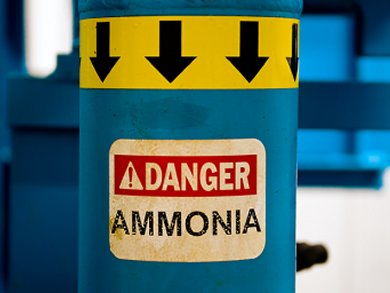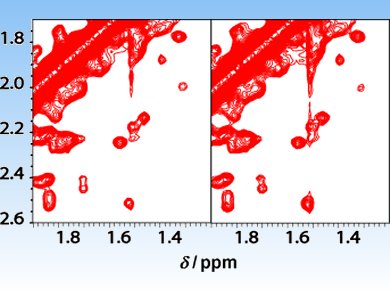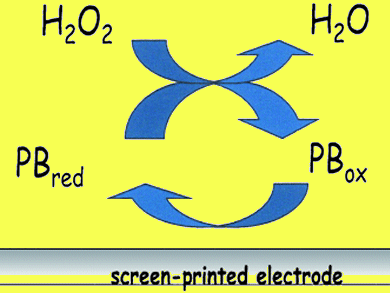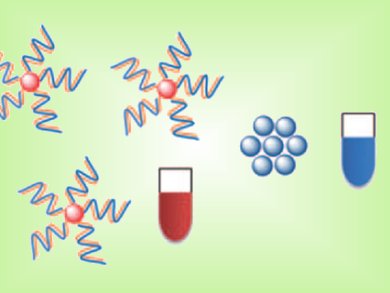A sensor based on field-effect transistor made from reduced graphene oxide detects ammonia very rapidly at room temperature

Detecting Ammonia Fast

Impact of Radiation on Wildlife Near Fukushima
First assessment of ecological impact of the Fukushima nuclear disaster reveals wildlife was exposed to radiation 100 times safe levels

Angewandte Chemie 24/2011: Rapid Acquisition Yet High Quality
An overview of the latest issue of Angewandte Chemie

Chemistry of a Hangover — Alcohol and its Consequences Part 2
How can a tiny molecule like ethanol be at the root of so much human misery? Klaus Roth looks at how ethanol is metabolized

Wonderlab Comic — Alcohol Lamp
It's Gin-Jo's birthday in the Wonderlab and Sophie has arranged a little surprise

Hydrogen Peroxide Electrochemical Sensor
First fast and efficient electroanalytical method to be applied to a continuous, in situ detection of H2O2 in organic oxidation reactions

Angewandte Author Profiles June
José L. Alonso, Jin-Quan Yu, Guy Bertrand, and Kenichiro Itami, are interviewed this month

Genotyping by Color
Convenient, color-based method for identification of single-nucleotide polymorphisms could allow point-of-care genotyping

New Synchrotron Technique
New synchrotron X-ray technique may revolutionize the chemical analysis of rare materials like meteoric rock samples or fossils

Investigation of Nanoscale Properties
Scanning probe microscopy used to study nanoscale surface properties and material composition in spray-dried powders